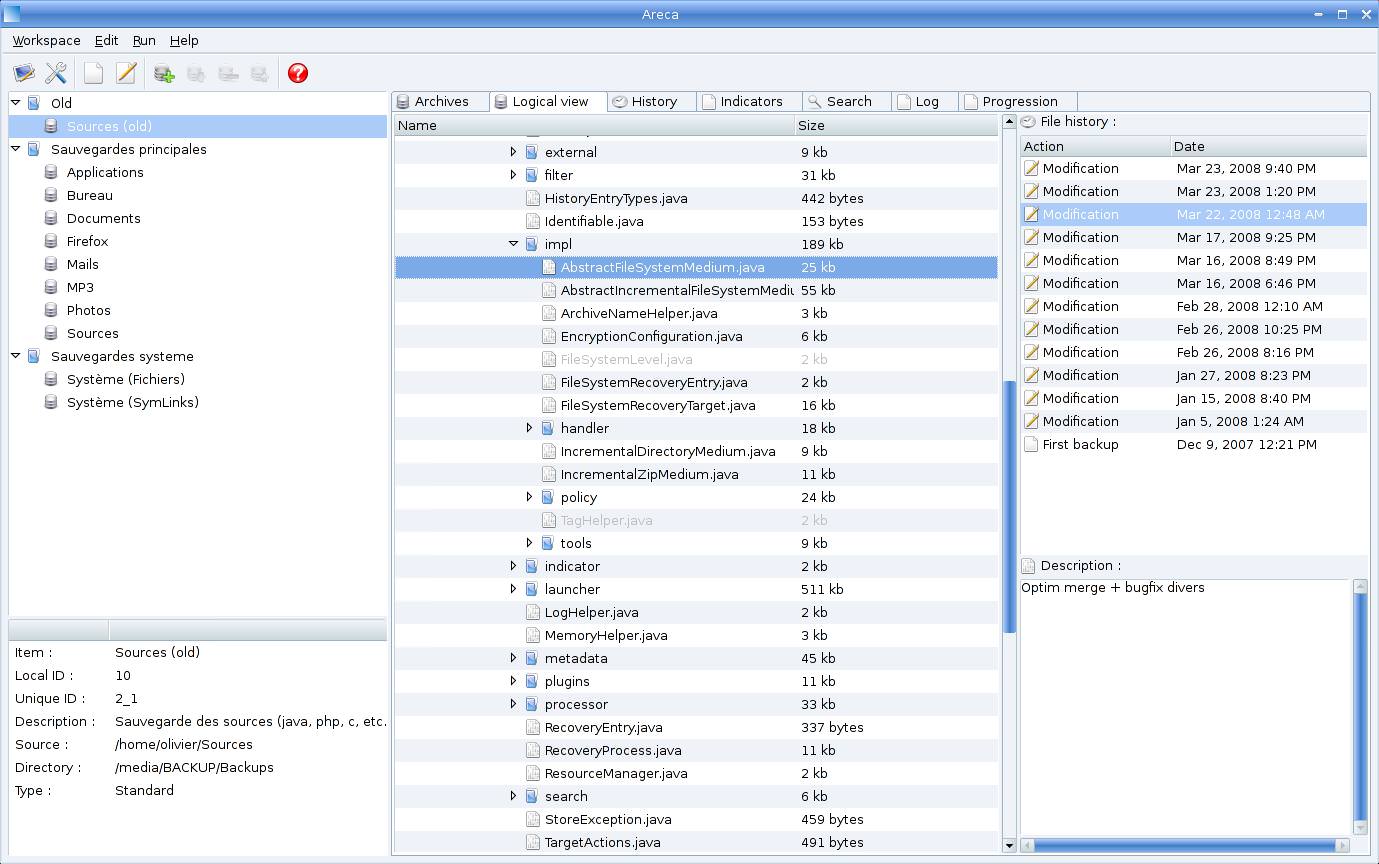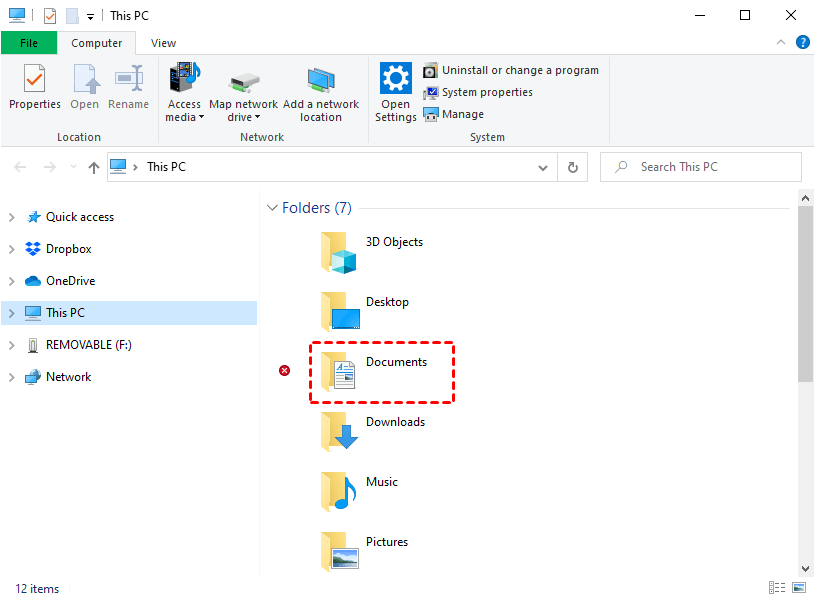
- NETWORK FILE SYNCHRONIZATION UPDATE
- NETWORK FILE SYNCHRONIZATION FULL
- NETWORK FILE SYNCHRONIZATION PASSWORD
- NETWORK FILE SYNCHRONIZATION OFFLINE
Under Private, select Turn on Network discovery and Turn on file and printer sharing. Select the Start button, then select Settings > Network & internet, and on the right side, select Sharing options.
NETWORK FILE SYNCHRONIZATION UPDATE
Update Windows. Ensuring all machines are as updated as they can be is key to making sure you aren't missing out on any driver or Windows updates.

Make a Wi-Fi network public or private in Windows Share things with nearby devices in Windows Right-click each of the following services, select Properties, if they're not running, select Start, and next to Startup type, select Automatic: It allows two replicas of a collection of files and directories to be stored on different. In the Run dialog box, type services.msc, and then select OK. Unison is a file-synchronization tool for OSX, Unix, and Windows. Make sharing services start automatically.
NETWORK FILE SYNCHRONIZATION PASSWORD
Under All Networks, select Turn off password protected sharing. In the Advanced sharing settings window that appears, under Private, select Turn on Network discovery and Turn on file and printer sharing. The default action of this program is to copy a file or directory from. In the Find a setting search bar, type manage advanced sharing settings and select Manage advanced sharing settings from the suggested results. To sync files using the Windows command line you will need to use the xcopy command. Select the Start button, then select Settings. Turn on network discovery and file and printer sharing, and turn off password protected sharing. To find out how, read Make a Wi-Fi network public or private in Windows. If you're on a Wi-Fi network, set it to Private. For example, if your computers connect to the internet through a wireless router, make sure they all connect through the same wireless router. Make sure the computers are on the same network. Ensuring all machines are as updated as they can be is key to making sure you aren't missing out on any driver or Windows updates. Click Add to start the Scheduled Synchronization Wizard and schedule synchronization much like any other scheduled task.To troubleshoot problems with sharing files or folders, follow the steps below on all computers from which you're trying to share. Users can edit and modify the files as if.

For laptop support, a check box can be selected to prevent synchronization when running on a battery. On the On Idle tab, click the Advanced button to configure how long your computer is idle before synchronization is executed and how often after your computer remains idle synchronization is repeated.To have synchronization performed during logging on or off (or both), select the Logon/Logoff tab, and set the When I Log On To My Computer and When I Log Off My Computer options.If you click the Setup button, you see the three tabs representing the settings for automatic synchronization:

NETWORK FILE SYNCHRONIZATION OFFLINE
This will display the Items To Synchronize dialog box, which you can use to manually synchronize folders and files and configure the Synchronization settings for each folder or file that is configured for offline use. File synchronization ensures that two or more locations share the same data, occurs automatically, and prevents duplication of identical files. In the Run dialog box, type mobsync and then click OK.

You run the Synchronization Manager using the Run dialog box. As platform switching and file modification are so frequently that a way for file synchronization across multiple machines is required to make the files in. You will need to configure synchronization of redirected or offline files by using the Synchronization Manager. When they are off the networks, the editing will be. During specific intervals of idleness on the computer When they are on the network, the offline files and folders synchronize with the corporate file servers.There are three times for configuring Offline Files caching on a workstation:
NETWORK FILE SYNCHRONIZATION FULL
By configuring the synchronization in Group Policy, you can ensure a full synchronization for either a logging on or logging off scenario. Full synchronization provides the latest version, whereas Quick synchronization provides a complete version of the user data but not necessarily the most current version. This allows you to ensure availability and that the latest version of the user's o data is stored and available. After the easy installation and setup, you can automatically share files in enclosed groups of users in a highly-secured peer-to-peer network. To make sure that the files on the network share remain synchronized with the files on the a. When you are managing files in a network using folder redirection or offline files, you need ^


 0 kommentar(er)
0 kommentar(er)
